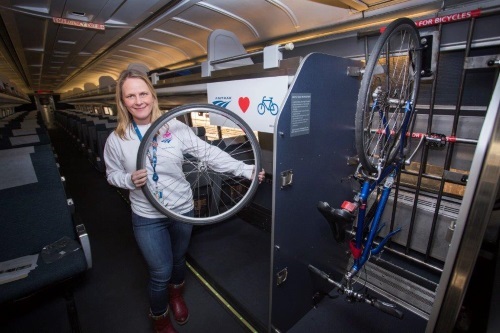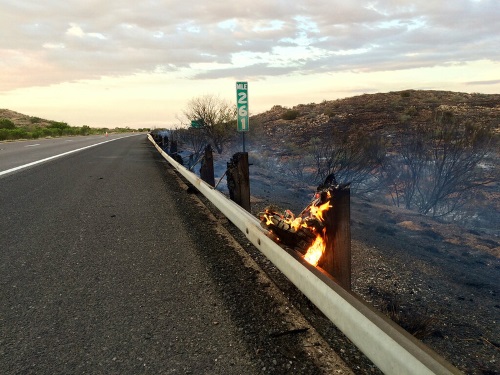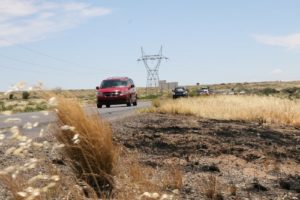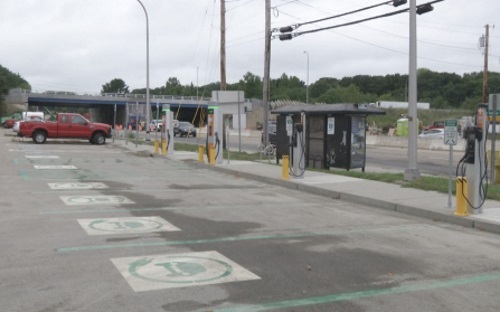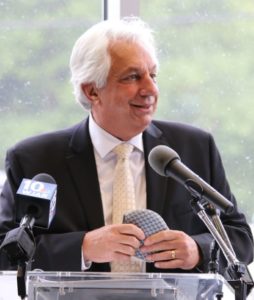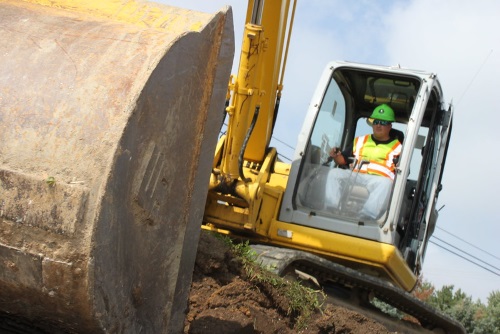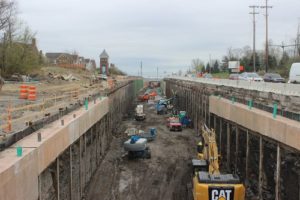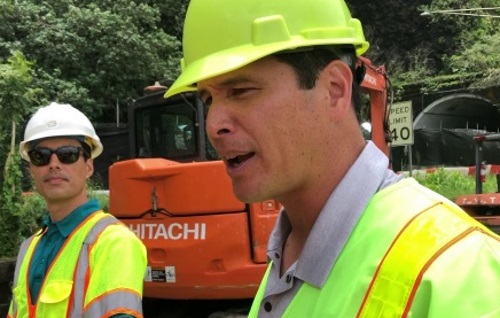A roundup of headlines curated for state transportation environmental professionals
FEDERAL ACTION
Letter Calls on Congress to Make ‘Turn-Key’ Transportation Deal – AASHTO Journal
Congress Returns for Fall Legislative Sprint – CitiesSpeak
Maryland, Chesapeake Bay Foundation sue EPA, claiming failure to enforce cleanup plan – Baltimore Sun
Highlights Of Joe Biden’s Energy Plan – Forbes
House Lawmakers to Introduce Bipartisan Bill to Advance Agencies’ Use of Electric Vehicles – Route Fifty
House Transportation Leaders Call for Investigation Into EPA – Transport Topics
EPA’s birthday gift to America: More pollution – The Hill (Opinion)
COVID-19
COVID-19 Could Slow City’s Efforts to Curb Water Pollution – City Limits
COVID-19 disrupts local-level efforts to clean up Chesapeake Bay – Bay Journal
Hazardous Air Pollutant Exposure Linked as Contributing Factor to COVID-19 Mortality in the United States – SUNY College of Environmental Science and Forestry
NEPA
White House Environmental Review Rule Survives Legal Test – Bloomberg Law
INFRASTRUCTURE RESILIENCE AND SUSTAINABILITY
FHWA Issues Emergency Funds to Louisiana for Storm Recovery – AASHTO Journal
Uber Pledges to Go All-Electric, but It Doesn’t Own the Cars – Wired
How states can finance coastal resilience before the next disaster – Environmental Defense Fund (Blog)
Leading political environmental organization opposes NJ Transit “Transitgrid” microgrid project – Insider NJ (Press release)
AIR QUALITY
How to read and understand air quality numbers and maps – Los Angeles Times
A misguided strategy – Pittsburgh Post-Gazette (Editorial)
The Struggle to Crack Down on a Cottage Industry Sabotaging Vehicle Pollution Controls – FairWarning
ENVIRONMENTAL JUSTICE
WITF’s ‘Toward Racial Justice’ panel links environmental justice with health, human rights and self-determination – StateImpact Pennsylvania
How NC can tackle the climate crisis and address environmental justice – NC Policy Watch
NATURAL RESOURCES
EPA funding impacting Twin Ports research projects – KBJR-TV
Why We Still Can’t Stop Oil Spills From Damaging the Environment – Bloomberg Green
New Mexico Environment Department Works To Combat Wetland Loss – KRWG
Why some in Nevada see Utah pipeline plan as ‘first salvo in coming water wars’ – Las Vegas Sun
Kentucky Officials Award Funds to Freight-Moving River Ports – Transport Topics
HEALTH AND HUMAN ENVIRONMENT/ACTIVE TRANSPORTATION
How micromobility has transformed the transportation industry – Governors’ Highway Safety Association
Revel Moped Representatives To Meet With NYC DOT Over Safety Concerns – WCBS-TV
San Jose revised bike plan aims to tackle city’s traffic-related accidents, make roads safer – KRON-TV
Appeals Filed Against SFMTA and SF Planning Department Put Roadblocks in Front of City’s Slow Streets Program – SFist
From free electric bikes to new infrastructure, the fabric of our cities is changing – CNBC
TRB RESOURCES/ANNOUNCEMENTS
AASHTO re:source Launches Podcast – AASHTO Journal
National Competition Will Select America’s Two Best Transportation Projects – AASHTO Journal
TRB Webinar: A Resilient Path Forward for the Marine Transportation System – TRB
TRB Webinar: Advancing Transportation Equity – TRB
TRB Webinar: Determining Social and Economic Qualifications in the DBE Program – TRB
Cost, Congestion, and Emissions Benefits of Centralized Freight Routing and Efficiencies in Alternative Fuel Freight Modes – National Center for Sustainable Transportation
FEDERAL REGISTER NOTICES
Oil and Natural Gas Sector: Emission Standards for New, Reconstructed, and Modified Sources Review – EPA (Final rule)
National Environmental Justice Advisory Council; Notice of Charter Renewal – EPA (Notice of charter renewal)

